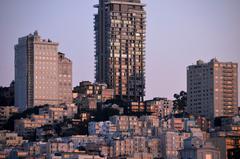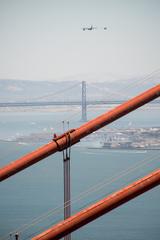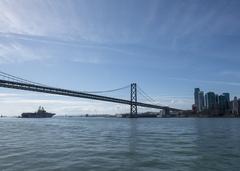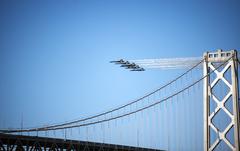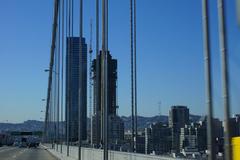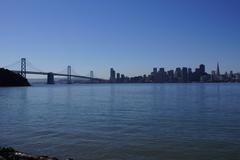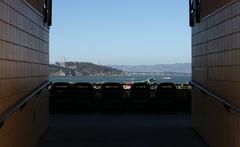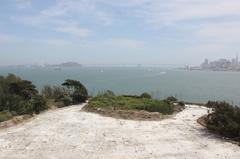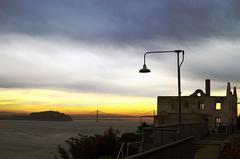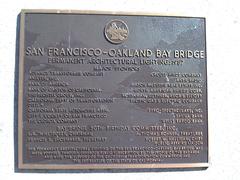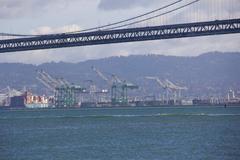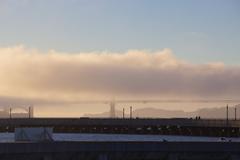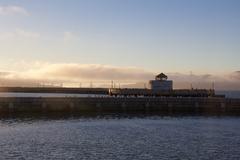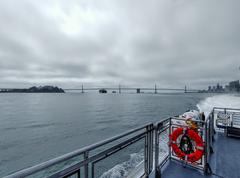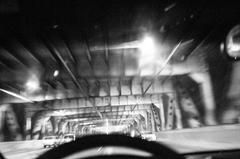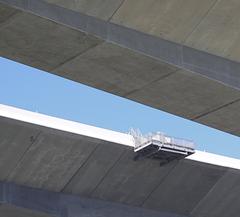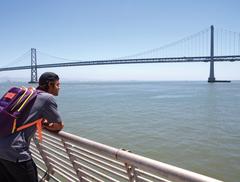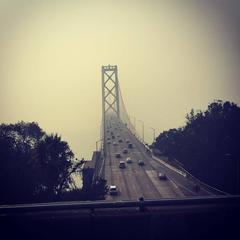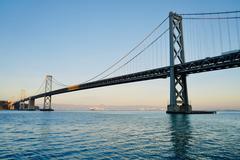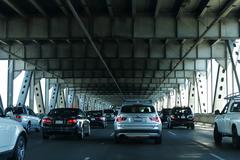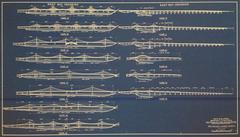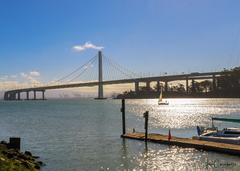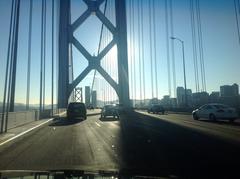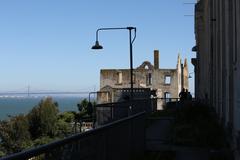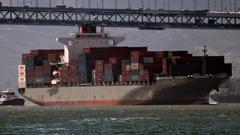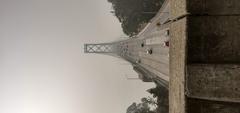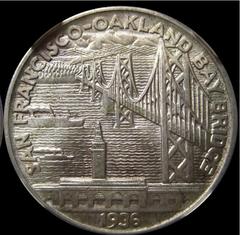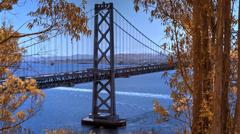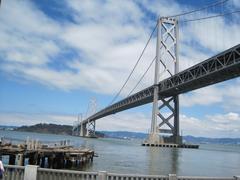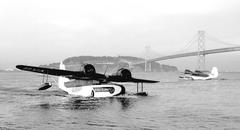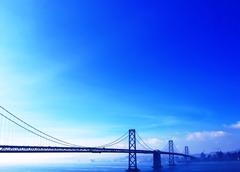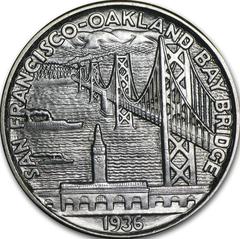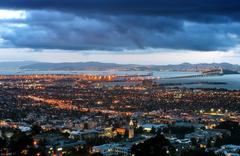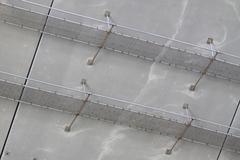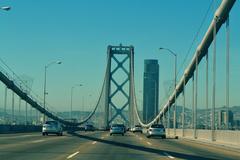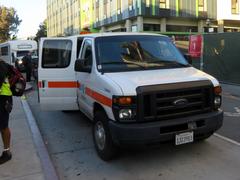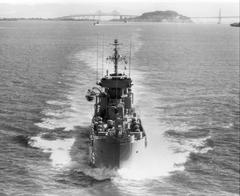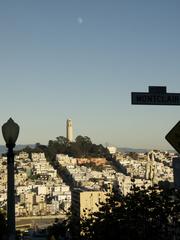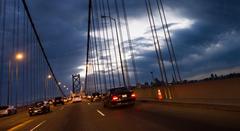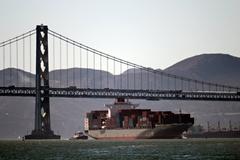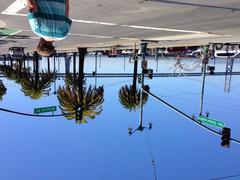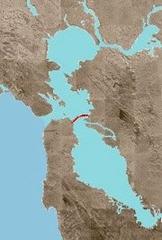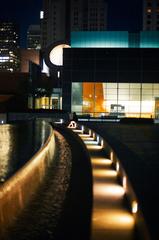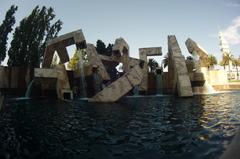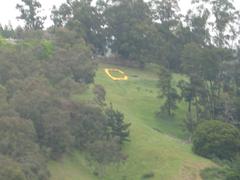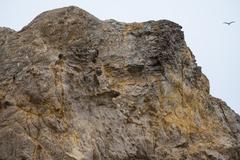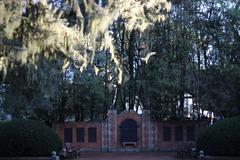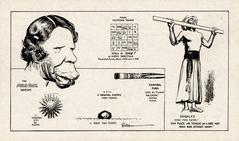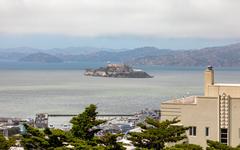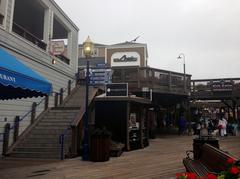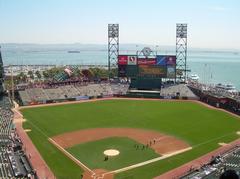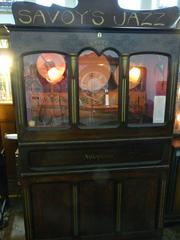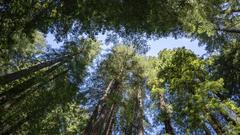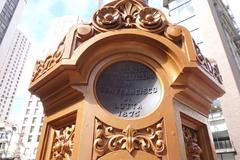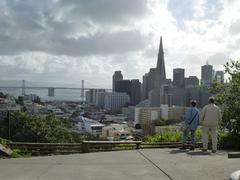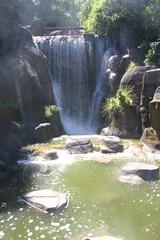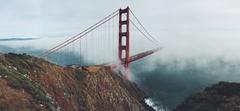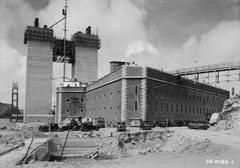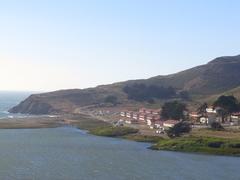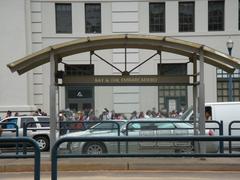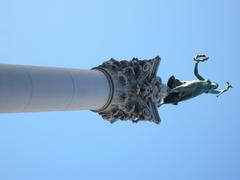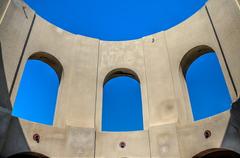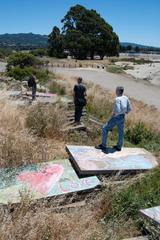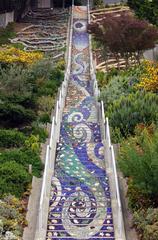
San Francisco-Oakland Bay Bridge Visitor Guide
Date: 19/07/2024
Introduction
The San Francisco-Oakland Bay Bridge, often simply referred to as the Bay Bridge, stands as a testament to the remarkable achievements of early 20th-century engineering. Connecting the bustling cities of San Francisco and Oakland, this iconic structure is more than just a transportation link; it is a symbol of innovation, resilience, and economic vitality. Spanning approximately 8.4 miles (13.5 kilometers), the Bay Bridge was completed in 1936 and has since undergone significant transformations to adapt to modern needs and challenges. Whether you are a history enthusiast, a tourist, or a local resident, this guide provides an in-depth exploration of the Bay Bridge’s history, cultural significance, and practical visitor information, ensuring you have all the details you need for a rewarding visit. Today, the Bay Bridge continues to play a crucial role in the region’s transportation network, carrying over 260,000 vehicles daily (Bay Bridge Info, Caltrans).
Table of Contents
- Introduction
- Early Conception and Planning
- Construction and Engineering Feats
- World War II and Post-War Era
- 1989 Loma Prieta Earthquake
- Seismic Retrofit and Eastern Span Replacement
- Cultural and Historical Significance
- Modern-Day Usage and Future Plans
- Visitor Information
- Travel Tips
- Nearby Attractions
- Accessibility
- FAQ Section
- Conclusion
Early Conception and Planning
The idea of a bridge connecting San Francisco and Oakland dates back to the early 20th century. The need for a direct link between the two cities became apparent as both urban centers grew rapidly. Initial proposals were made as early as 1872, but it wasn’t until the 1920s that serious planning began. The California Toll Bridge Authority was established in 1929 to oversee the project, and the final design was approved in 1931.
Construction and Engineering Feats
Construction of the San Francisco-Oakland Bay Bridge began on July 9, 1933, and was completed in just over three years, opening to traffic on November 12, 1936. The bridge was an engineering marvel of its time, featuring two major spans: the western span, a suspension bridge, and the eastern span, a cantilever bridge. The total length of the bridge is approximately 8.4 miles (13.5 kilometers), making it one of the longest bridges in the world at the time of its completion.
The construction involved significant challenges, including deep-water foundations and the need to accommodate heavy maritime traffic in the bay. The western span’s two main towers rise 526 feet (160 meters) above the water, and the bridge’s total cost was approximately $77 million, equivalent to over $1.4 billion today when adjusted for inflation (Bay Bridge Info).
World War II and Post-War Era
During World War II, the Bay Bridge played a crucial role in the war effort, facilitating the movement of troops and materials. The bridge’s strategic importance was underscored by its inclusion in military defense plans, and it was heavily guarded throughout the war.
In the post-war era, the bridge continued to be a vital transportation link, supporting the economic growth of the San Francisco Bay Area. The rise of automobile culture in the 1950s and 1960s led to increased traffic, prompting discussions about the need for additional crossings and improvements to the existing structure.
1989 Loma Prieta Earthquake
The Loma Prieta earthquake on October 17, 1989, caused significant damage to the Bay Bridge, highlighting its vulnerability to seismic activity. A 50-foot section of the upper deck of the eastern span collapsed, leading to a temporary closure and extensive repairs. This event underscored the need for a seismic retrofit to ensure the bridge’s safety in future earthquakes (USGS).
Seismic Retrofit and Eastern Span Replacement
In response to the Loma Prieta earthquake, a comprehensive seismic retrofit program was initiated. The western span underwent significant retrofitting, including the installation of new bearings and expansion joints to enhance its earthquake resilience. However, the eastern span was deemed too vulnerable for retrofitting and was instead replaced with a new self-anchored suspension bridge.
The new eastern span, which opened to traffic on September 2, 2013, is designed to withstand a major earthquake and features a single-tower suspension design. The project cost approximately $6.4 billion and included extensive environmental and aesthetic considerations (Bay Bridge Info).
Cultural and Historical Significance
The San Francisco-Oakland Bay Bridge is not just an engineering feat but also a cultural icon. It has been featured in numerous films, television shows, and works of art, symbolizing the connection between San Francisco and the East Bay. The bridge’s opening in 1936 was marked by a week-long celebration, including parades, fireworks, and a visit from President Franklin D. Roosevelt.
The bridge also holds historical significance as a testament to the ingenuity and determination of the engineers and workers who built it. It stands as a reminder of the challenges and triumphs of early 20th-century infrastructure projects.
Modern-Day Usage and Future Plans
Today, the Bay Bridge remains a critical transportation link, carrying over 260,000 vehicles daily. It is an essential part of the region’s transportation network, connecting commuters, tourists, and commercial traffic between San Francisco and the East Bay.
Future plans for the bridge include ongoing maintenance and improvements to ensure its safety and functionality. There are also discussions about enhancing public transportation options, such as dedicated bus lanes and improved ferry services, to reduce traffic congestion and promote sustainable transportation alternatives (Metropolitan Transportation Commission).
Visitor Information
For those looking to visit the Bay Bridge, here are some key details:
- Visiting Hours: The bridge is open 24/7, but the best times to visit are early morning or late evening to avoid heavy traffic.
- Tickets: There is no fee to drive across the bridge, but tolls apply for westbound traffic.
- Special Events: The bridge hosts occasional special events, including guided tours and historical exhibits. Check the official Bay Bridge website for updates.
Travel Tips
- Getting There: The bridge is accessible by car via Interstate 80. Public transportation options include BART (Bay Area Rapid Transit) and AC Transit buses.
- Parking: Parking is available in nearby areas, but it’s limited. Consider using public transportation to avoid the hassle.
- Photographic Spots: Great photo opportunities can be found at Treasure Island and Yerba Buena Island, offering stunning views of the bridge and the San Francisco skyline.
Nearby Attractions
While visiting the Bay Bridge, consider exploring nearby attractions:
- Treasure Island: Offers panoramic views and is home to various events and festivals.
- Yerba Buena Island: Features hiking trails and scenic overlooks.
- San Francisco Ferry Building: A historic landmark with shops, restaurants, and farmers’ markets.
Accessibility
The Bay Bridge is equipped with accessibility features to accommodate people with disabilities. Elevators and ramps are available at key points, and accessible parking spaces are provided.
FAQ Section
Q: What is the history of the San Francisco-Oakland Bay Bridge? A: The bridge was conceived in the early 20th century, with construction starting in 1933 and completing in 1936. It has played a crucial role in the region’s development and has undergone significant upgrades, particularly after the 1989 Loma Prieta earthquake.
Q: How do I visit the Bay Bridge? A: You can visit the bridge by car via Interstate 80, or use public transportation options like BART and AC Transit buses. There is no fee for visiting, but tolls apply for westbound traffic.
Q: Are there guided tours of the Bay Bridge? A: Yes, the bridge occasionally hosts special events and guided tours. Check the official Bay Bridge website for the latest information.
Conclusion
The San Francisco-Oakland Bay Bridge is a landmark of engineering, history, and culture. From its early conception and construction to its role in World War II and its ongoing significance in the modern era, the bridge continues to be a vital and iconic part of the San Francisco Bay Area. Its history reflects the broader story of the region’s growth, challenges, and resilience. For more information, follow us on social media and check out our related articles.
References
- Bay Bridge Info, 2021, Bay Bridge Info
- Caltrans, 2021, Caltrans
- USGS, 2021, USGS
